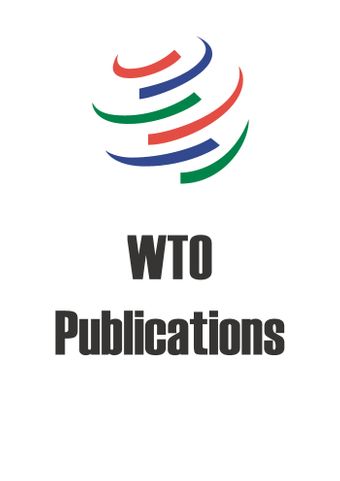Integration into Global and Regional Value Chains – How Is It Done? The Experience of Lesotho in the Textiles and Apparel Sector

- By: Joshua Setipa
- Source: African Perspectives on Trade and the WTO , pp 7-7
- Publication Date: January 2016
- DOI: https://doi.org/10.30875/49ad74e6-en
- Language: English
Lesotho is a landlocked, least-developed economy and a member of the Southern African Customs Union (SACU), the oldest customs union (CU) in the global economy. Forty per cent of the population lives under the poverty line. The economic base is narrow, reliant on the textiles and apparel industry (for 59 per cent of total exports), subsistence agriculture, remittances, regional customs revenue and a degree of manufacturing. The apparel industry and agriculture constitute the backbone of the economy and the main employer. Faced with Lesotho’s geo-economic circumstances and development challenges, the trade and economic response of government has been strategic. Domestic economic policy and structural reforms, accompanied by a policy of economic diversification, trade openness and integration, have been pursued. A trade development plan was carefully designed for active integration into regional and global value chains. These measures have yielded significant welfare gains and economic livelihood dividends. Trade and economic policies are reviewing the next generation of reforms, inter alia in the sectors of mining, electricity and tourism, which face challenges, but have potential for growth. This chapter identifies and discusses the specific steps in the trade policy plan for Lesotho’s successful integration into the textile and apparel value chain, specifically, and more broadly, into a global value chain.
-
From This Site
/content/books/9789287046604s007-c007dcterms_subject,pub_countryId-contentType:WorkingPaperSeries -contentType:Periodical -contentType:BookSeries -contentType:ReportSeries105


